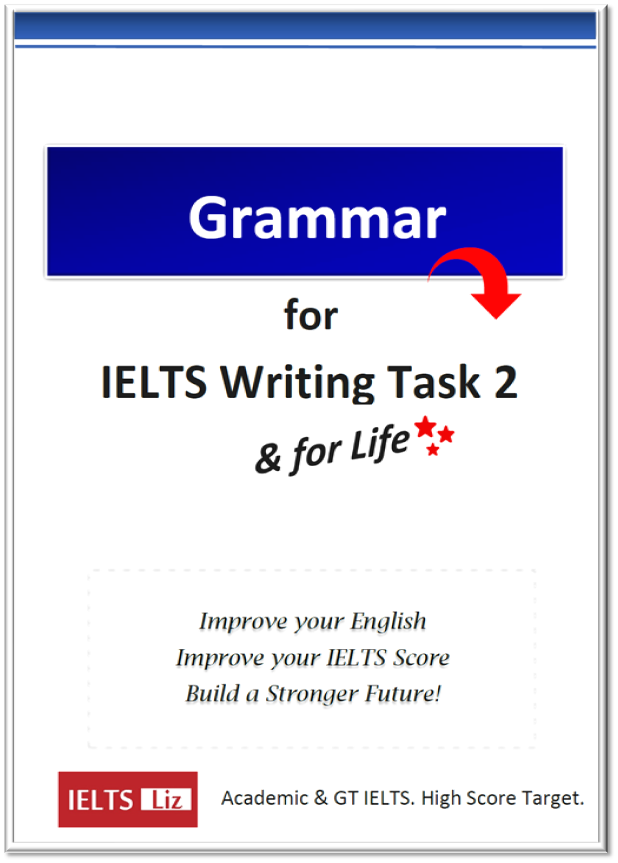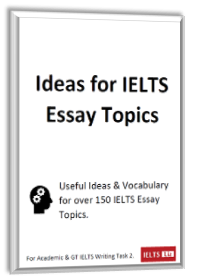The essential IELTS listening tips and information for success in your test. Learn the right listening techniques with over 25 top tips to help you achieve a high score. Learn about the listening exam content, writing the answers correctly, types of questions, scoring, making notes and much more. This is A MUST WATCH video lesson for all IELTS students.
Capital letters in IELTS listening. You can write in capital letters or lower case – your choice. My recommendation is to use all capital letters as it is easier to read and avoids mistakes when writing by hand in the paper test. For the computer test, this isn’t an issue.
TEST CHANGES:
There have been only very minimal changes to the listening test since I made this video.
- The paper test has 10 mins answer transfer time to move your answers from the question paper to the answer sheet after the recording has finished. However, the computer test has only 2 mins checking time. This is not a change to the test, it is just an adaptation of time because in the computer test your answers are already entering into the computer. Note that this is the same listening test regardless of whether you write your answer on paper or into a computer.
- There used to be an example recording given before the real answer came in the recording. The example recording gave you time to adjust the volume and get used to the speaker’s voice. However, that example recording has now gone. From the moment the recording starts, the test starts and you must listen directly for answers.
IELTS Video: Listening Tips
Summary List of Tips Given Below Video.
IELTS Listening Test Summary
- All students take the same test. Both academic and GT students take the same listening test. It is marked in the same way.
- All candidates take the same test whether writing their answer on paper or into a computer. Only the answer transfer/checking time is different. See point number 6 below.
- There are 40 questions
- There are 4 sections
- Section 1 = two speakers. This is often a telephone conversation between two people, for example organising a place on a course, booking a table at a restaurant or renting an apartment. You must listen for specific information, such as names (tips on listening for names), dates, times (tips on listening for time), places and numbers.
- Section 2 = one speaker. This is often a talk from a guide. You might hear information about a building, a resort, a company, a charity etc.
- Section 3 = three or four speakers. This is an academic discussion. It could either be two students talking with a professor or a student presenting their resource to their colleagues.
- Section 4 = one speaker. This is an academic lecture.
- The sections get more difficult as the test progresses. This means section 1 is the easiest and section 4 is the most difficult.
- The listening test is 40 mins (paper test) and 32 mins (computer test) – a time difference due to transfer/checking time below:
- 30 minutes to listen to the recording and write down your answer on the question paper
- additional time after recording has stopped:
- paper test = 10 minutes given after recording has ended to transfer your answers from the question paper to the answer sheet
- computer test = 2 mins given after recording has ended checking time for the computer test
- IELTS is an international test. There will be a range of accents but the main accents will probably be British and Australian.
- IELTS accept either British English or American English spelling.
IELTS Listening Tips
Below is a list of IELTS listening tips that have been given in the video above. Read these tips carefully.
- The recording will be played only once. You will not hear it a second time.
- You must practice completing a full listening test by listening only once before your test. You should do this a number of times.
- When you are developing skills and vocabulary, you might want to practice listening more than once. This is fine when you are in training.
- You will need to multitask. This means you must be able to read the questions, listen for the answer and write down words all at the same time. You should practice doing this.
- Practice transferring your answers to the answer sheet at home before your test. Here is a link to download the IELTS listening answer sheet.
- You should write your answers on the answer sheet using pencil not a pen. This is the same as the IELTS reading test.
- Scores are calculated by the number of points you got correct. Here is a link to learn all about the IELTS band scores: IELTS Band Scores Explained. You don’t lose a mark if your answer is wrong. Your score will not change due to incorrect answers.
- If you don’t know an answer, guess. Always write something in the box on your answer sheet. Who knows, maybe you guess right !!
- You can write your answer using capital or lower case letters. However, I recommend using all capital letters.
- Check the number of words you can have for your answer. Each time the question type changes, the number of words for the answer might change too. Here is an example of instructions: “No more than two words and/or a number”. To learn exactly what these instructions mean, please watch the video lesson above.
- Check the instructions to see if you can have a number (which means only one) or numbers (plural which means more than one number).
- How words and numbers are calculated:
- A date “1950” is considered one number.
- A large number “1,000,500” is considered one word.
- A hyphenated word “part-time” is considered one word.
- A compound noun which is not hyphenated “tennis shoe” is considered two words.
- “at the hospital” or “hospital”. Should you write the article and preposition? Your answer will depend on the type of question you have. If you are completing the sentence, for example:
- The best place to meet is ………. = the answer must be grammatically correct so you need “at the hospital”.
- If the question is a note or form completion, such each 1) PLACE: …… = the answer can be just one word (with or without the article) “hospital” or “the hospital” (if two words are possible.
- SPELLING!!! If your answer is spelled wrong, the answer is marked wrong. You must have the correct spelling to get a point and have the answer marked correct.
- Don’t worry about spelling while you are listening because you don’t have time to concentrate on spelling. You need to concentrate on listening to the recording and following the questions.
- Check your spelling when you transfer your answers to the answer sheet. That is the time to check and make sure everything is correct.
- Writing letters or words. If you get a multiple choice question, it will ask you to write down the letter as your answer. For example:
- a) spring
- b) summer
- c) winter
- If the answer is b, you must write “b” on your answer sheet not “summer”. The word “summer” would be marked wrong because the instructions ask you to write a letter not a word.
- IELTS Listening Question Types
- form completion
- note completion
- summary completion
- sentence completion
- multiple choice
- diagram labelling
- map labelling
- table completion
- form chart
- If you want practice with these types of question, go to my IELTS listening page.
- Don’t try to understand everything. IELTS will add lots of extra information but you only need to listen for answers. Keep yourself focused on listening for answers to questions.
- Answers may come quickly. You might get three answers in a very short time. Get ready to write your answers down quickly. Answers may come slowly. There may be a gap between answers. Don’t panic. This is common in section 4.
- Look out for answers which are plural. IELTS know that students have difficulty hearing the plural “s”. So, these answers will certainly be given to test your listening ability.
- Common Problems
- Giving the answer and then changing it. Here is an example: “Is it ok to meet at 7pm?” / “Yes, 7pm works fine for me” / “Oh I’ve just remembered I have a late meeting, could we make it half past instead?” The answer was 7pm but then the speaker changed it to 7.30pm. Always keep listening and be ready for the speaker to change the answer.
- Similar words might not be the right answer. Watch this video about IELTS listening multiple choice to understand this tip.
- If you miss an answer, just move on to the next question. Don’t waste time. Don’t lose your place in the recording.
- CONCENTRATE!!! 30 minutes is a long time to actively listen for answers. If you lose focus, you will miss answers. Don’t let that happen to you. Practice full tests at home to build up your ability to concentrate.
For more tips and explanations – please watch the video above.
Do you have a question about IELTS listening or about the IELTS test? This page has over 100 answers to your questions: IELTS Test FAQ
Improve your IELTS listening for free with this practice lessons: IELTS Listening Lessons
RECOMMENDED
- Listening Answer Sheet Download
- IELTS Band Scores Explained
- IELTS Test FAQ
- ALL LISTENING PRACTICE LESSONS & TIPS
.




